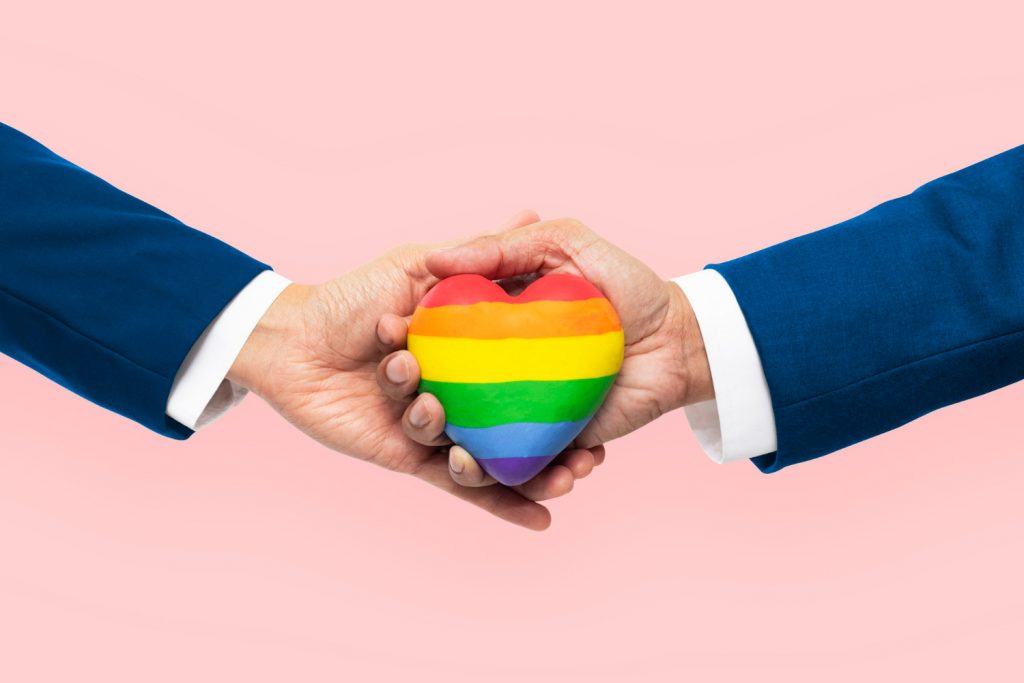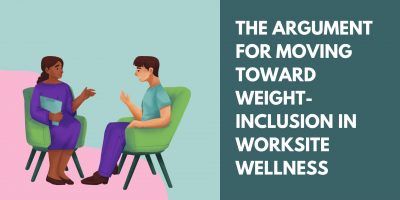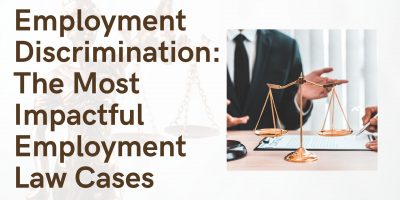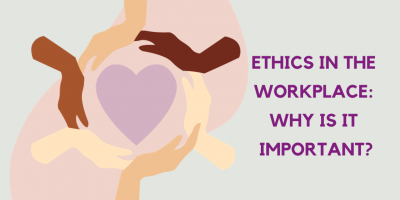
60+ Women in the Workplace Statistics in 2025
Transform your workplace into an inclusive and empowering environment for women with these eye-opening statistics. Unlock the potential of gender diversity and drive positive change in your organization.

In the past few decades, expanding LGBTQ+ awareness in the US hit momentous milestones, from the first pride march to legalizing same-sex marriages across all 50 states. Despite a global divide, research shows that acceptance among Americans increased from 49% in 2007 to 72% in 2020.
However, corporate America has some catching up to do when it comes to LGBTQ+ inclusion in the workplace.
Although many studies have shown that employers who ensure diversity, equity, and inclusion tend to perform better than those who don’t, LGBTQ+ underrepresentation remains an issue.
A McKinsey report shows that 5.1% of US women identify as LGBTQ+, although other studies suggest the number is likely higher. Yet, they hold only 0.7% of vice president and 0.6% of C-suite roles. Their representation drops with the first promotion and goes even lower at more senior positions.
In comparison, for men, the numbers look more optimistic. Less than 4% of the US male population doesn’t identify as straight or cisgender. However, they hold 1.9% of vice presidents and 2.9% of senior vice president or C-suite roles.
Asked about the impact on their work advancement, three in 20 women and six in 20 men agree that their sexual orientation has a negative effect.
Overall, the apparent promotion discrimination, especially among women, and the somewhat negative outlook can further drive the isolation of an entire community.
To help employers strengthen LGBTQ+ inclusion in the workplace, this Shortlister article explores how it can benefit both sides and what companies can do to become more inclusive.
The initials LGBT stand for “lesbian, gay, bisexual, and transgender.” This umbrella term has been used since the 1990s, replacing other potentially offensive terminology. However, the abbreviation evolved over the years to include different sexual orientations and gender identities.
Now, LGBTQ+ is more commonly used. The “Q” represents “queer” or “questioning,” whereas the “plus” stands for other sexual identities that are not included in the original acronym, like pansexual, asexual, intersex, and more. Each has its unique meaning, and individuals may identify with one or more identities or sexual orientations.
The current initialism is globally accepted, as it offers a safe, non-judgmental way of referring to a significant portion of the population that doesn’t identify as straight or cisgender.
Everyone deserves respect, dignity, and equality in the workplace, just as they do in society. Failure to achieve that will negatively affect the person’s physical and mental well-being.
According to Maslow’s hierarchy of needs, a motivational theory in psychology, people are driven in life by a combination of physiological, psychological, and intellectual necessities.
This five-tier model progresses from food and clothing as the fundamental and primitive necessities to self-actualization at the top. Ultimately, his theory suggests that deficiency of these conditions prevents the person from functioning optimally in society.
Unfortunately, for a long time, the LGBTQ+ community has lacked some of the major needs from this hierarchy, including respect, a sense of connection, personal security, and employment.
Hence, LGBTQ+ inclusion is important because it promotes social equality and diversity, to say the least, creating a just, supportive, and accepting society. It also develops a sense of purpose for millions who feel they don’t belong, alleviating the negative impact on their mental health.
For employers, the importance of LGBTQ+ diversity can be seen in how it influences their organizational culture, creating more satisfied, productive, and loyal employees that can increase the company’s bottom line.
Despite ongoing efforts to create a bias-free society, the past couple of years have seen an uprise in anti-LGBTQ+ legislation.
Just this year, a record number of bills were introduced by several US states, with over 120 attacking the rights of young transgender people. For comparison, CNN reports that there were 42 bills in 2018, 18 in 2022, and, as of April 2023, over 400 bills in state legislation.
Historically, people from the LGBTQ+ community have faced discrimination and stigma in many areas of their life, and the workplace is no exception.
Now, more than ever, to break the cycle of ignorance-fueled disapproval, employers are responsible for creating a safe work environment inclusive of the LGBTQ+ community.

There’s a general agreement that a diverse workforce should be one of the main priorities for businesses. According to Glassdoor, over two-thirds of business executives rate diversity and inclusion as essential issues.
While the benefits to the community are apparent and much needed, it’s important to note that LGBTQ+ diversity at work is as advantageous to employers as it is for employees.
Multiple studies have shown that LGBTQ+ inclusive practices positively affect the company’s bottom line. From better company culture to talent retention and acquisition, these are some of the most significant benefits of LGBTQ+ inclusion in the workplace.
Eagle Hill’s survey, The Business Case for Culture, considers workplace culture a major contributor to job commitment and performance. In fact, almost two-thirds of respondents, or 63%, agree that it directly impacts organizational success.
The survey also reveals that company culture impacts:
A supportive and positive company culture gives a voice to everyone and includes them equally in workplace decisions. Therefore, creating a more inclusive working environment is the right thing to do from an ethical and business standpoint. By welcoming LGBTQ+ employees and supporting their needs, companies can foster a more diverse and growth-oriented culture where all workers feel valued and respected.
How employees feel at work is how they will respond. For example, a stressed workforce will be more distracted, absent, and dissatisfied, while happy employees tend to be the opposite.
Denying LGBTQ+ workers the same rights as their colleagues will inherently decrease their job satisfaction. This affects not only them but the entire organization, influencing teamwork, productivity, talent acquisition, and retention.
Ultimately, most businesses will struggle to reach their goals without a dedicated workforce.
To circumvent the repercussions, organizations should adopt DE&I strategies for supporting LGBTQ+ in the workplace and help their employees feel seen, valued, and supported.
When the workforce is satisfied, it tends to be more productive. In a diverse and inclusive company, that means LGBTQ+ employees feeling comfortable bringing their whole selves to work. Moreover, being open and honest about their sexual identity in a safe and accepting environment reduces the stress of remaining closeted or dealing with discrimination.
An inclusive work environment expands its influence on all employees, regardless of their identity, gender, or age. For example, Deloitte reveals that millennials are 83% more actively engaged when they believe their organization is inclusive.
Conclusively, workers thrive in an open and tolerant environment and are likelier to feel connected to their job, co-workers, and company mission. This connection can lead to lower stress levels, better job satisfaction, and higher productivity.
Research has shown that employers prioritizing diversity and inclusion tend to be more profitable because tapping into a large pool of diverse talent can attract more qualified employees and increase team creativity.
A report by the queer youth organization Out Now reveals that companies could save billions of dollars if they implement diversity and inclusion policies. For example, the American economy can save $8.93 billion annually, while Canada and the UK could save $1.37 billion and $1.02, respectively.
Another study measured an increase of 6.5% in stock performance in businesses that engaged in such policies compared to other employers in the same industry.
In today’s competitive job market, winning the war for talent is crucial for the success of any organization, and companies that support LGBTQ+ diversity and inclusion in the workplace are more attractive to job seekers. Additionally, when employees feel appreciated, they are more likely to stay.
In fact, corporate diversity statistics reveal that, for 80% of respondents, inclusion is an important issue. Moreover, almost 40% said they would leave their current employer for a more inclusive one, and 23% have already left one.
By embracing and promoting inclusion, organizations not only attract top LGBTQ+ talent but also build a reputation for an ethical work environment that supports their employees equally.
In Eagle Hill’s survey, 67% of employees agreed that workplace culture improved innovation and creativity. Creating it around inclusivity, including LGBTQ+, could further increase this.
Attracting and retaining talent from all backgrounds, regardless of age, gender, or sexual orientation, helps companies become more resourceful. According to Josh Bersin’s study, inclusive businesses are 1.7 times more innovative and 1.8 times more likely to be change-ready.
That’s because the more companies hire people from diverse backgrounds, the more likely they will get employees with different skills, ideas, perspectives, and problem-solving mindsets.
Besides helping organizations internally, LGBTQ+ inclusion can drive new customers since an assorted and inclusive team is bound to attract a diverse consumer base.
Consumer behavior is often influenced by familiarity and emotions. So, when potential customers identify with the workers, they are more likely to choose it over another brand.
Supporting LGBTQ+ causes, creating inclusive marketing campaigns, and developing products and services that cater to different needs and people are some of the essential steps in targeting the intended audience.
Finally, as a combined benefit of everything we mentioned, organizations that showcase their genuine commitment to inclusivity can enhance their brand’s strength. In return, they can reap the benefits of becoming the preferred employer of choice.
Overall, supporting DE&I initiatives in the workplace sends a powerful message to potential candidates who are likelier to choose a company that supports LGBTQ+ workers. It also cultivates a strong partnership with other external organizations and employee groups.
Many employers understand and utilize the benefits of supporting LGBTQ+ in the workplace. However, it shouldn’t be a case of what this community can do for the organization but what the organization can do to ease its inclusion.
Changing the company logo to rainbow colors during Pride Month or launching a short-lived campaign falls low on the support scale.
Instead, businesses should implement DE&I strategies that ensure the LGBTQ+ workforce feels comfortable, valued, and supported in the workplace and beyond.
In other words, they need to educate, protect, and support.
Before organizations embrace LGBTQ+ inclusion and rights, they should educate all employee levels on this community’s struggles, needs, and priorities.
Offering DE&I training and education that explicitly addresses LGBTQ+ issues can provide valuable insights and educate managers, co-workers, and leadership on tackling them.
These programs and inclusion workshops should include anything from gender identity and pronoun usage to unconscious bias and promotion discrimination. Ideally, they should teach workers LGBTQ+ sensitivity, empathy, and understanding and help them recognize the myths and misconceptions regarding their colleagues.
Overall, diversity and inclusion training and education aim to raise awareness and pave the way for meaningful long-term change.
Although being knowledgeable is a good stepping stone toward inclusion, it doesn’t guarantee that all employees will be treated equally.
Therefore, companies should adopt policies and procedures that explicitly protect LGBTQ+ workers from harmful behavior, including physical and psychological harassment, promotion discrimination, and more. They can range from prohibiting discrimination to introducing gender-neutral restrooms and transitioning support. What’s important is that they clearly state that sexual orientation, gender identity, and gender expression will not be a basis for adverse workplace behavior.
Moreover, organizations can also make all employee policies and procedures LGBTQ+ friendly and accessible, including parental leaves, adoption, pensions, etc.
Finally, offering support on top of education and protective policies can significantly contribute to the well-being and success of LGBTQ+ inclusion in the workplace.
Some supportive resources businesses should consider are:

For a long time, the LGBTQ+ in the workplace have faced discrimination and marginalization. At one point, it was legal and justified to fire someone for being gay or transgender. It wasn’t until the late 20th century that some countries began to pass laws prohibiting sexual and gender discrimination in the workplace.
Despite legal protection, many still face discrimination and harassment at work.
But creating a safe and inclusive society is impossible when the workplace does not reflect that. Therefore, LGBTQ+ inclusion in the workplace is necessary for employers who aren’t just looking out for themselves but are true allies and want the best for all their employees.
Content Writer at Shortlister
Browse our curated list of vendors to find the best solution for your needs.
Subscribe to our newsletter for the latest trends, expert tips, and workplace insights!

Transform your workplace into an inclusive and empowering environment for women with these eye-opening statistics. Unlock the potential of gender diversity and drive positive change in your organization.

Discover the game-changing shift from a weight-focused worksite wellness model to a weight-inclusive approach, where health and well-being thrive beyond the scale.

Employment discrimination is still prevalent in the modern workplace, with ongoing cases demonstrating that inequality and bias remain severe societal issues. Why and how does this happen, and what we can do to subside discrimination in the workplace?

What does “doing the right thing” mean in the business context? How can businesses commit to doing the right thing across all their operations and drive sustainable growth?
Used by most of the top employee benefits consultants in the US, Shortlister is where you can find, research and select HR and benefits vendors for your clients.
Shortlister helps you reach your ideal prospects. Claim your free account to control your message and receive employer, consultant and health plan leads.